According provided by Flash Godox Ving V860II with many thanks to the store Bigggsale, where can buy this flash.
- In short
- Main Specifications
- Assembly
- Basic flash modes
- Remote control modes
- Custom Settings C.Fn
- Firmware Upgrade
- My experience
- Price
- Results
- User Comments
- Add your review or question on the lens
Godox Ving V860IIc is sold in some countries under the brand / name Flashpoint ZOOM LI-ON R2 C TTL.
In short
Godox Ving V860IIс - inexpensive external flash with support for E-TTL II and high speed sync. Attracted by the use of a lithium-ion battery, quick recharge and simple operation. Also, one of the main functions is the built-in radio synchronizer, which allows Godox Ving V860IIс to control other flashes or to be a remote flash controlled by radio channel.
Godox Ving V860IIc is an almost complete copy of the flash Godox TT685c. Differences between Godox V860IIc and Godox TT685c are described here.
Many users claim that one battery charge for Godox Ving V860IIc is equivalent to about three sets of ordinary AA batteries. But the use of the battery has both its advantages and disadvantages.
Main technical characteristics of Godox Ving V860IIc
| Review Instance Name | Godox Ving V860IIc |
| Basic properties |
|
| Leading number | 60 (at ISO 100 and 200 mm) |
| Zoom | available zoom values: 20, 24, 28, 35, 50, 70, 80, 105, 135, 200 mm + 14 mm with an attached diffuser card |
| Tilt angles | 90 degrees up, 7 degrees down, 180 degrees to the left and 180 degrees to the right |
| Elements of a food | only original Godox VB18 DC 11.1 V 2000 mAh 22 Wh Li-ion battery |
| Colorful temperature | 5600 K + - 200 |
| Pulse duration |
|
| Number of power setting levels | 8 main levels from 1/1 to 1/128 for each of which (with the exception of 1/1 and 1/128) you can perform fine tuning + -0.3 or + -0.7 |
| Разъемы |
|
| Extra food |
|
| Built-in radio synchronizer distance | 100 m |
| The weight |
|
| Manufacturer country | MADE IN CHINA (Made in China) |
| Period | from February 23, 2016 |
| Instructions | View instructions on the official website |
| Price |
Please note that the Godox Ving V860II flash is produced not only for Canon (an option from this review), but also for other systems:
- Godox Ving V860II [F] - FujiFilm
- Godox Ving V860II [N] - Nikon
- Godox Ving V860II [S] - Sony
- Godox Ving V860II [O] - Olympus (also suitable for Panasonic)
- Godox Ving V860II [C] - Canon
Assembly
Godox V860IIc came to me on a review completely new with protective films on easily soiled places. Package Includes:
- Flash Godox Ving V860IIc
- battery Godox VB18 DC 11.1 V 2000 mAh 22 Wh Li-ion
- Godox VC18 charger
- charger cable
- instructions for flash in Chinese and English in the form of a small vertical book
- Godox VC-18 Charger Instruction Manual In Chinese And English
- carrying case for storing and transporting the flash. The wardrobe trunk is closed with Velcro. Simple wardrobe trunk
- a mini-stand for flash, which is located in a special compartment coffer. The stand has a bottom standard tripod metal socket
- warranty card. Flash warranty - 12 months, battery - only 3 months
- desiccant bag
- QCPASS Quality Pass
- shipping bags and clamps
- box with a plastic container for the whole set
- in the version for Sony cameras in the kit there is also a stub on the flash shoe
Externally, Godox V860IIc is very similar to many other similar flashes. In my hands, the flash feels very nice, it is made of high-quality plastic. Temporal decorative inserts are also plastic, but they feel like rubber seals on the original flashes.
The flash head does not have a temporal button to lock its position. The flash head rotates 180 degrees to the left and 180 degrees to the right (total 360 degrees horizontal), 90 degrees up and 7 degrees down (total 97 degrees vertical) In the horizontal position, the rotation of the head occurs with poorly expressed clicks. There are marks for 30, 60, 75, 90, 120 and 150 degrees in one direction and another. In the vertical position, the rotation of the head occurs with clearly audible clicks, there are marks for 45, 60 and 75 degrees.
Important: the horizontal rotation of the head is very tight. At first, I even thought that the flash jammed. But, as it turned out, the necessary effort should be made.
The battery cover to the touch is quite reliable. The flash battery is easy to install. The battery compartment has an optional battery lock.
Take out the built-in white card reflector and diffuser very difficult. The protrusion for which you should pry and pull out the card is very small and uncomfortable. I see this problem with some Yongnuo outbreaks.
Additional connectors are closed with a special rubber plug.
When you change the focal length, the flash emits characteristic noise from electric drive.
To fix the flash, use clamping disc instead of a lever. This reduces the speed and convenience of attaching / detaching the flash to a camera or stand, and may also cause the flash to jam in the hot shoe. There is a drawn arrow next to the disc that says 'LOCK'. If the disc is jammed, then by this arrow you can easily navigate in which direction the disc should be rotated to remove the flash.
The flash has two receiver light ports, the purpose of which I could not determine. The instructions about them also do not indicate anything. They are here here.
The battery charger has a battery indicator with 20, 50, 80 and 100 percent marks. Also, the charger has a connection to the car charger Godox VV-18.
A full battery charge is approximately 2.5 hours from the mains and approximately 4 hours from a car charge.
Modes of operation
- ETTL - automatic operation
- M - mode with manual power setting
- Multi - mode
On some cameras, you can adjust the flash from the menu of the camera itself.
ETTL Mode
In this mode, the flash fires automatically using the Canon E-TTL II features.
Godox V860IIc displays the set aperture value and focal length value. The display shows ETTL M ZOOM (automatic mode with manual zoom) or ETTL A ZOOM (automatic mode with automatic zoom).
- It is possible to carry out a power adjustment of + -3 EV in 1/3 steps. In the instruction, this function is called FEC (Flash Eexposure Companation)
- You can use high-speed HSS synchronization (the display shows as H +)
- you can enable second-curtain sync
- can use bracketing exposure by flash power (FEB function). Bracketing is available in only three shots. Order bracketing can be set in custom flash settings. Also, you can automatically disable bracketing after three shots have been taken. The limits of bracketing are set in steps from + - / 1.3 to + - / 3 EV. Bracketing exposure can simultaneously take into account the power correction function (described above)
M mode
In this mode, you can manually select the desired flash output. Power can be set from level 1/1 to level 1/128 for each of which you can perform fine tuning + -0.3 or + -0.7 EV
Also, in this mode, you can enable high-speed synchronization H +, as well as synchronization on the first or second curtain.
In this mode, the flash can also work on other cameras that have a central sync contact to trigger the flash. True, high-speed synchronization will not work on cameras of other systems.
Multi mode
The mode is selected with the 'Mode' button.
In this mode, you can set a multiple flash (strobe mode). You can select the power of each individual pulse from the set: 1/4, 1/8, 1/16, 1/32, 1/128.
For a minimum power of 1/128, you can select a maximum of 40 pulses at a frequency of 199 hertz, or 100 pulses at a frequency of 1-5 hertz with smooth balancing between the frequency and the number of flashes. For a maximum power of 1/4, you can select up to 7 pulses at a frequency of 1 hertz or 2 pulses at a frequency of 10 to 199 hertz. Various combinations are possible depending on the number of pulses and / or frequency.
What can this mode be used for? I have described here.
S1 and S2 modes
These modes can only be enabled while in mode M.
With S1 mode Godox V860IIc can be ignited by the first light pulse from the master flash. This is a very simple and effective light trap mode.
In S2 mode the flash is set on fire for every second pulse of the leading flash, but it is not an analogue of PRE-flash Cancel Mode S2 for Yongnuo flashes. But still, this is a very convenient mode when the master flash master works in the automatic TTL mode. This is very useful when the master flash additionally controls a large number of groups of external flashes, creating many auxiliary command light pulses.
Godox V860IIc burns superb in S2 mode from my Nikon master flash SB-900, which remotely controls three more different flash groups in TTL mode and works in TTL mode itself.
Important: the light trap, which is responsible for receiving command pulses, is located on the front panel of the Godox V860IIc. In modes S1 and S2, the flash must be placed so that it easily picks up the command pulse of the master flash master or command unit. This is easy to do, as the flash head rotates and you can always point it in the right direction.
Important: the light trap also responds to infrared light, which is used by some command devices.
Important: in S1 and S2 modes, the flash activity indicator on the front panel does not blink, and the main display does not go to the orange backlight, which indicates the flash operation in slave mode. When triggered in modes S1 and S2, the sound notification about reloading does not work either. Thoughtless little thing.
Important: in S1 and S2 modes, Godox V860IIc is triggered by command pulses even when it is installed on the camera. Another ill-conceived little thing.
Remote control modes
Godox V860IIc can operate in four remote control modes:
- Master flash master through optical commands. At the same time, Godox V860IIc can also remotely control original Canon flashes, for example, Canon SpeedLite 580EXII, Canon SpeedLite 600EX-RT etc.
- Slave flash via optical commands. To control the Godox V860IIc flash, you can also use on-camera flash units of cameras that support this feature (Canon 7D, 600D etc. maybe someone has an exact list of such cameras?)
- Master flash master via radio channel. GR (GROUP) mode is added here to control five groups of flashes
- Slave flash via radio
The modes alternate by pressing the button with the image of the left-right arrow. For remote control, the flash can be used in M / Multi / E-TTL modes.
In slave modes, the display backlight changes from green to orange, and on the back panel two red diodes blink.
- 32 channels and 5 groups (A / B / C / D / E) with a range of up to 100 meters are available for radio control
- For optical control, 4 channels and three groups of flashes (A / B / C) with a range of about 15 meters are available.
- You can set the power ratio between flash groups (RATIO A: BC)
Important: to work in the flash master mode over the air on some cameras, you must use the P / Av / Tv / M modes.
The Godox V860IIc can also be forced to operate automatically over the air using the transmitter / receiver. Godox X1T-C or Godox xpro-c. As well as any Godox flash, which can work as a master flash over the air.
Setting Godox V860IIc as a master flash master or as a slave flash is enough simple, just go through the flash menu several times and press the corresponding buttons with icons or captions.
Custom Settings C.Fn
Functions indicated for firmware version 'Ver 1.5':
- m / ft - selection of distance display. You can choose meters or feet
- APO (Auto Power Off) - automatic power off. Either on or off
- FEB ACL (Flash Eexposure Bracketing Auto CanceL) - Automatically disable flash bracketing. Either on or off
- FEB (Flash Eexposure Bracketing) - Flash bracketing order. Either 0-> - -> + or - -> 0 -> +
- AF - AF-assist illumination. Either on or off
- SvAPOT (Slave Auto Power Off Timer) - flash off timer in slave mode. You can choose 30 or 60 minutes
- BEEP - sound signal. Either on or off
- LIGHT - display backlight time. You can choose 12 seconds, either the backlight is always on or always off
- LCD - the contrast level of the flash LCD display. You can choose from 10 levels from 0 to 9
The number of functions is small, but most likely, additional functionality will be added in subsequent firmware.
Firmware Upgrade
The Godox G1 utility for updating the firmware, as well as new firmware can be downloaded on the official website for this link. Use a standard Micro-USB cable to connect. At the time of this review, Ver. 1.7.
There was a problem while installing Godox G1 software on my computer. The utility was unable to attach to the flash. I have followed the instructions strictly and have tried the procedure many times, as well as on other computers running other operating systems. Working with the Godox G1 software, drivers and the update process itself disappointed me.
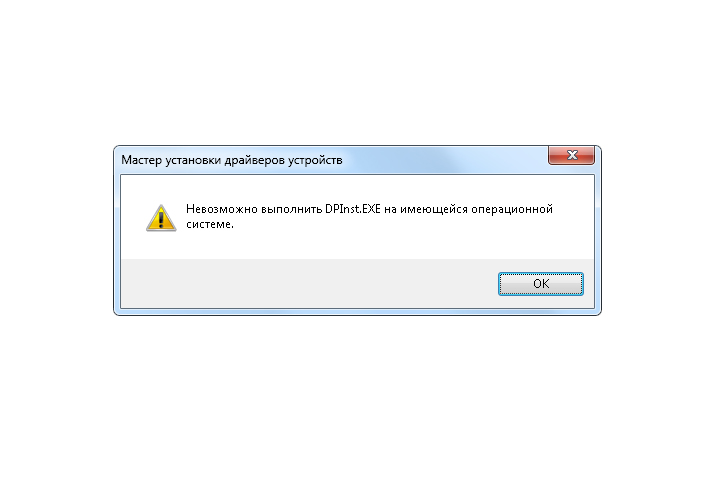
An error occurred while installing the Godox G1 utility. We used the operating systems Windows 7 x64 Ultimate and Windows 10 x64 Corporative
My experience
I was pleased with the fast recharge speed when operating at full power, as well as the fact that even with a low battery charge, the flash still recharges quite quickly.
Important: on my Canon EOS 5D camera, the flash worked well only at exposures up to 1/4000 s (inclusive), and at exposures 1/5000, 1/6400, 1/8000 s, a black bar appeared. Also, Canon EOS 5D failed to achieve automatic zoom setting. The focus illuminator, on the other hand, worked well, with its center point exactly matching the center focus point.
I often use photography using external flashinstalled on the camera. In such cases, I'm used to using exclusively native Nikon / Canon flashes in one not obvious mode of operation - automatic, without testing preflashes. So far, I don’t know a single flash from a third-party manufacturer that can do this.
But for working with multiple flashes in the remote control mode, the Godox and Yongnuo options are very good and I can safely recommend them for use.
Also, I recently boasted that my main Nikon flash SB-900 I ran over a million frames in 10 years, and therefore I jinxed her. Recently, she was undergoing repairs to replace the lamp. Hopefully another million she runs back just as well.
For the undemanding hobbyist, the Godox Ving V860IIc is a very good option.
Comments on this post do not require registration. Anyone can leave a comment. Many different photographic equipment can be found on AliExpress.
Prices
Godox flashes can be easily found on AliExpress for example, here. The cost usually ranges from 170 to 200 dollars, depending on the configuration. The Chinese like to add different trifles to the kit.
Results
Godox Ving V860IIc - good and functional external flash. Value for money is at a high level. The main feature is the built-in radio synchronizer, which works as a transmitter and as a receiver. A sufficiently capacious battery is used to power the flash.
There are plenty of advantages for the flash, I will not list them all in the results, since most of them are indicated in the plate at the beginning of this review.
Of the shortcomings, I want to highlight only a different trifle:
- a flash disk is used instead of a lever to fix the flash, which slows down and complicates fixing the flash on the camera or stand
- you cannot use ordinary AA batteries with the flash, but only the original battery
- unknown outbreak survivability and little information on official service centers
- The warranty on the battery, according to the warranty card, is only 3 months. It is not known how long this battery will last. For example, one of my battery packs Panasonic eneloop AA 1900mAh works for more than 4 years
- incompatibility with some Canon EOS cameras is possible (the instructions indicate that the flash is exactly compatible only with the specific list of cameras with which it was tested, a link to the instructions on the label)
- very poorly implemented software for updating the firmware. Very poor functionality of the program, which is responsible for working with the flash
- the absence of a large number of small useful trifles characteristic of the original outbreaks (it makes no sense to list them all)
- unusually tight rotation of the flash head, most likely this is done due to the lack of a lock button
- it’s difficult and inconvenient to get a light-scattering card (an uncomfortable ledge to pry off with a fingernail)
- in the light trap modes S1, S2, the orange display backlight does not turn on, indicating flash operation in slave mode
- in the light trap modes S1, S2, the red ready indicators do not blink, and there is also no sound signal about recharging the flash
- high flash weight, and the battery itself weighs more than a set of four batteries Panasonic eneloop AA 1900mAh
- users of flash options for the Sony system note a problem with the reliability of the hot shoe
Material prepared Arkady Shapoval. Training/Consultations | Youtube | Facebook | Instagram | Twitter | Telegram

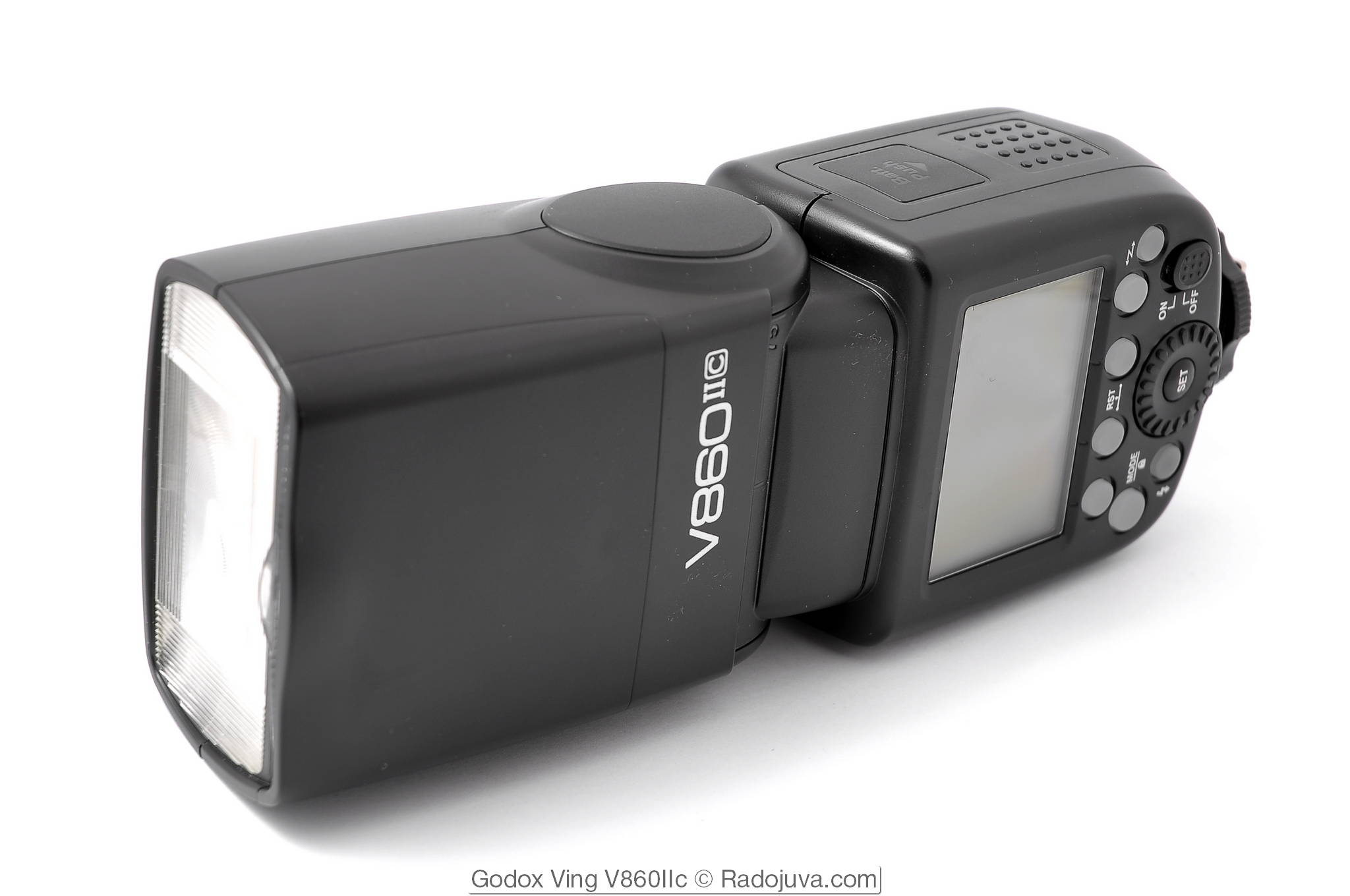
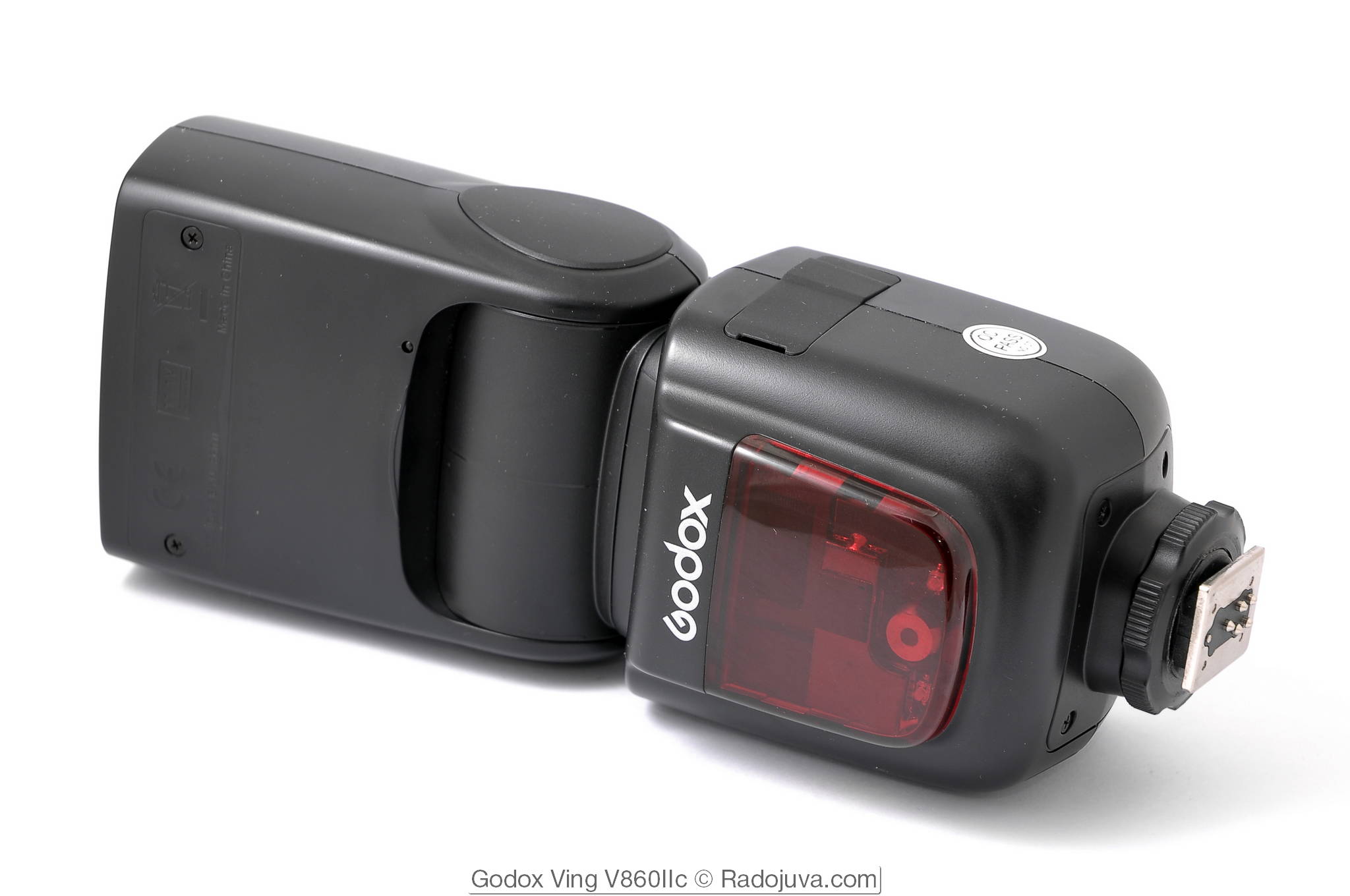
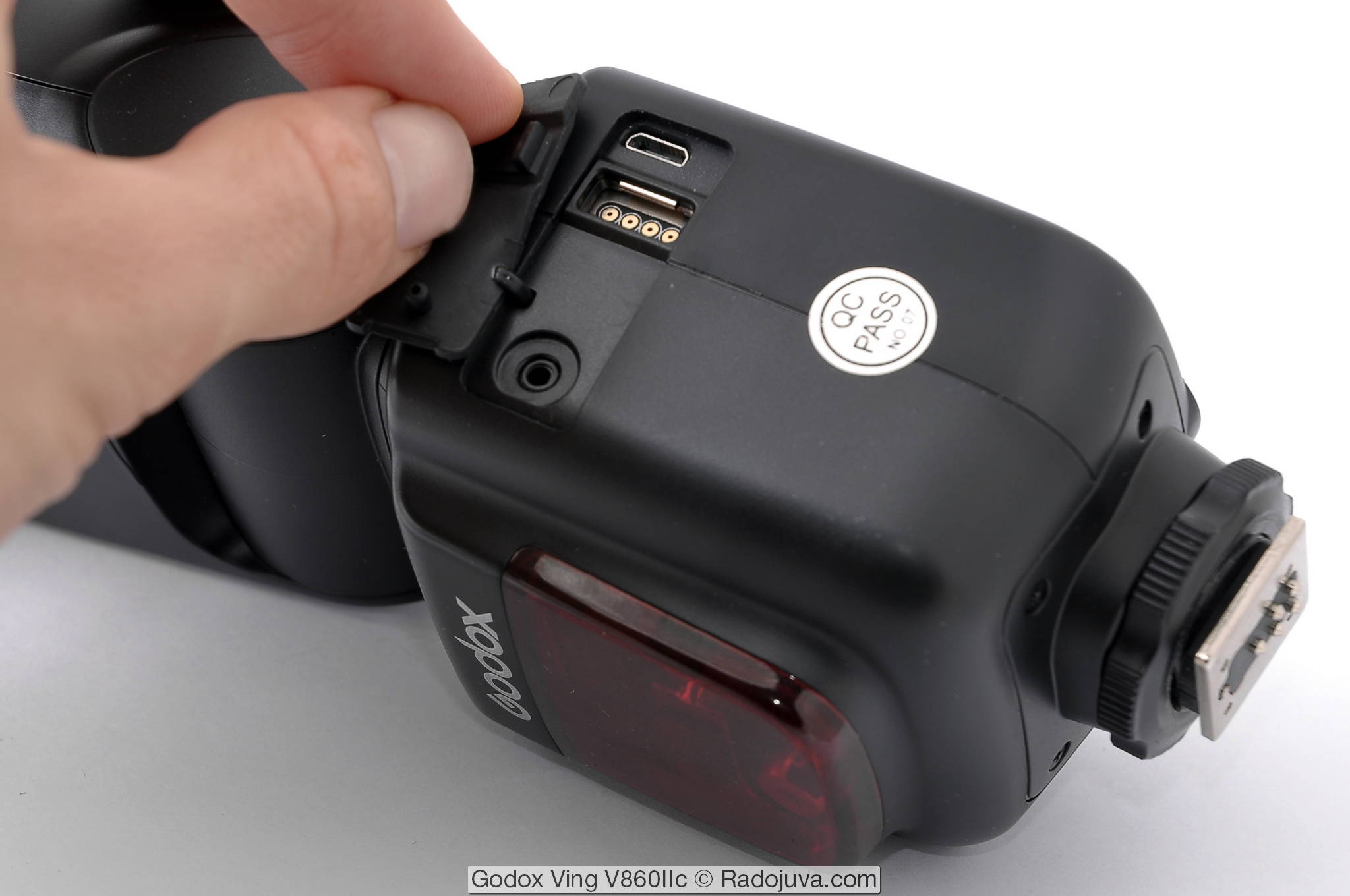
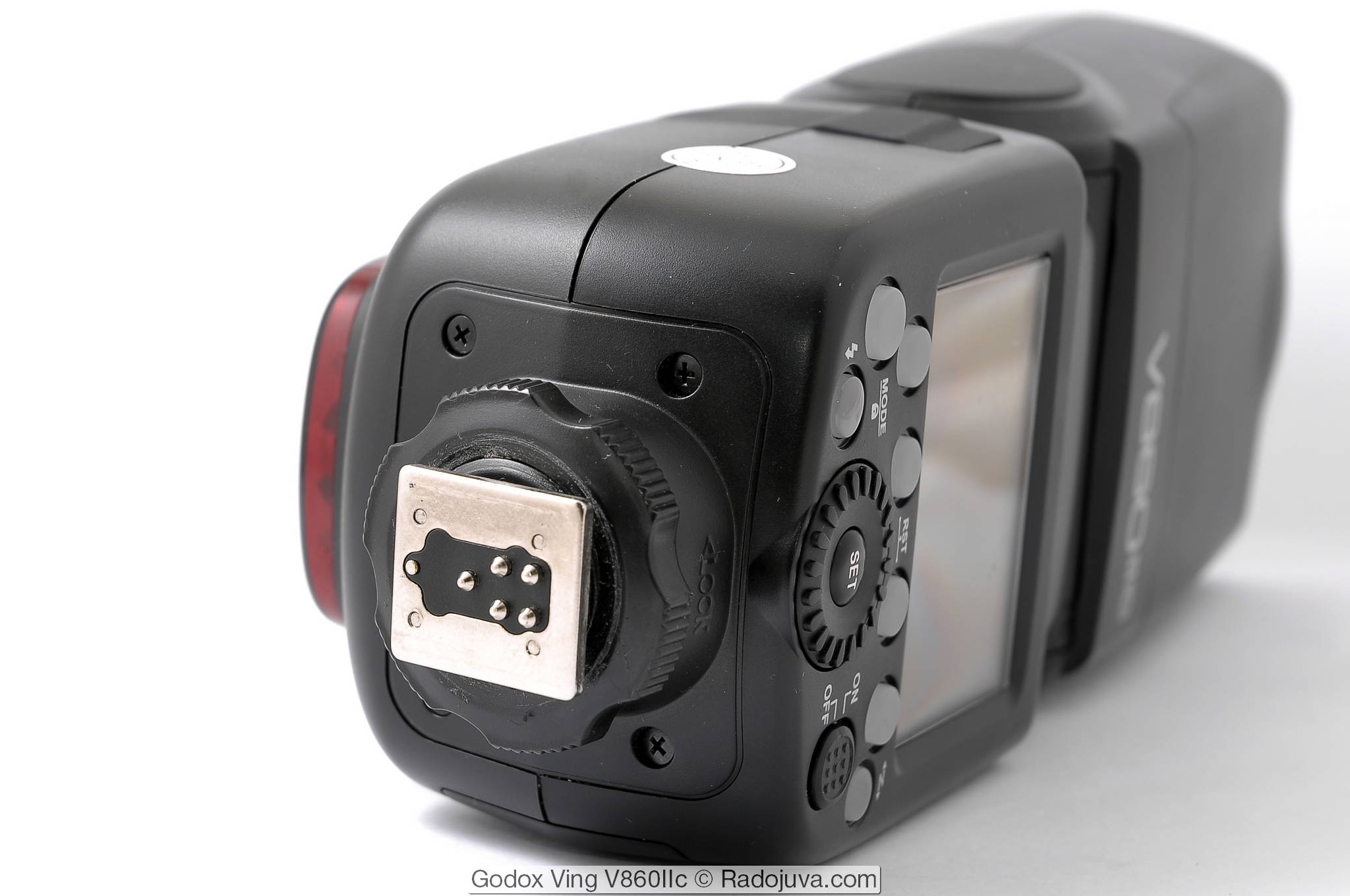










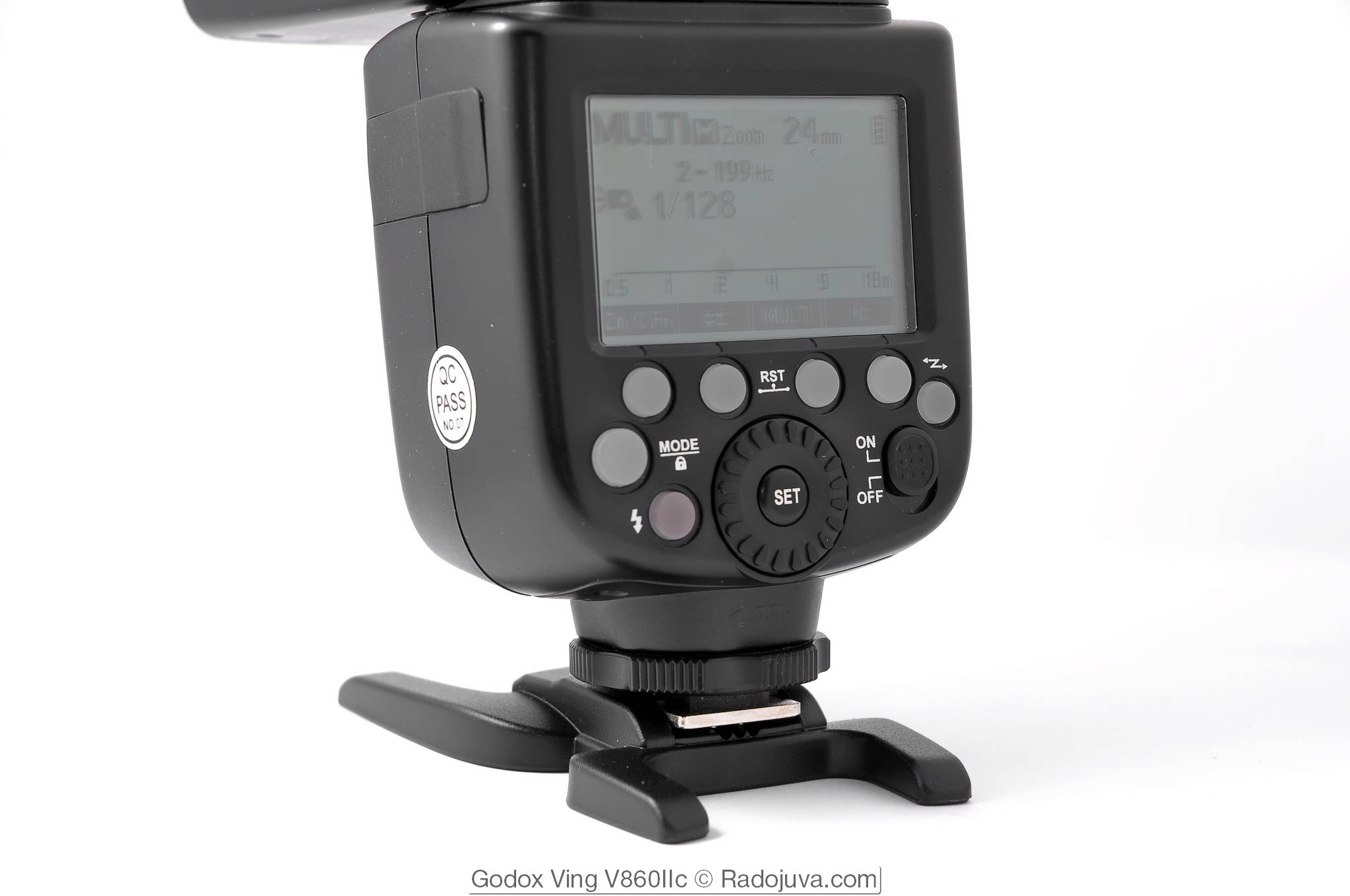
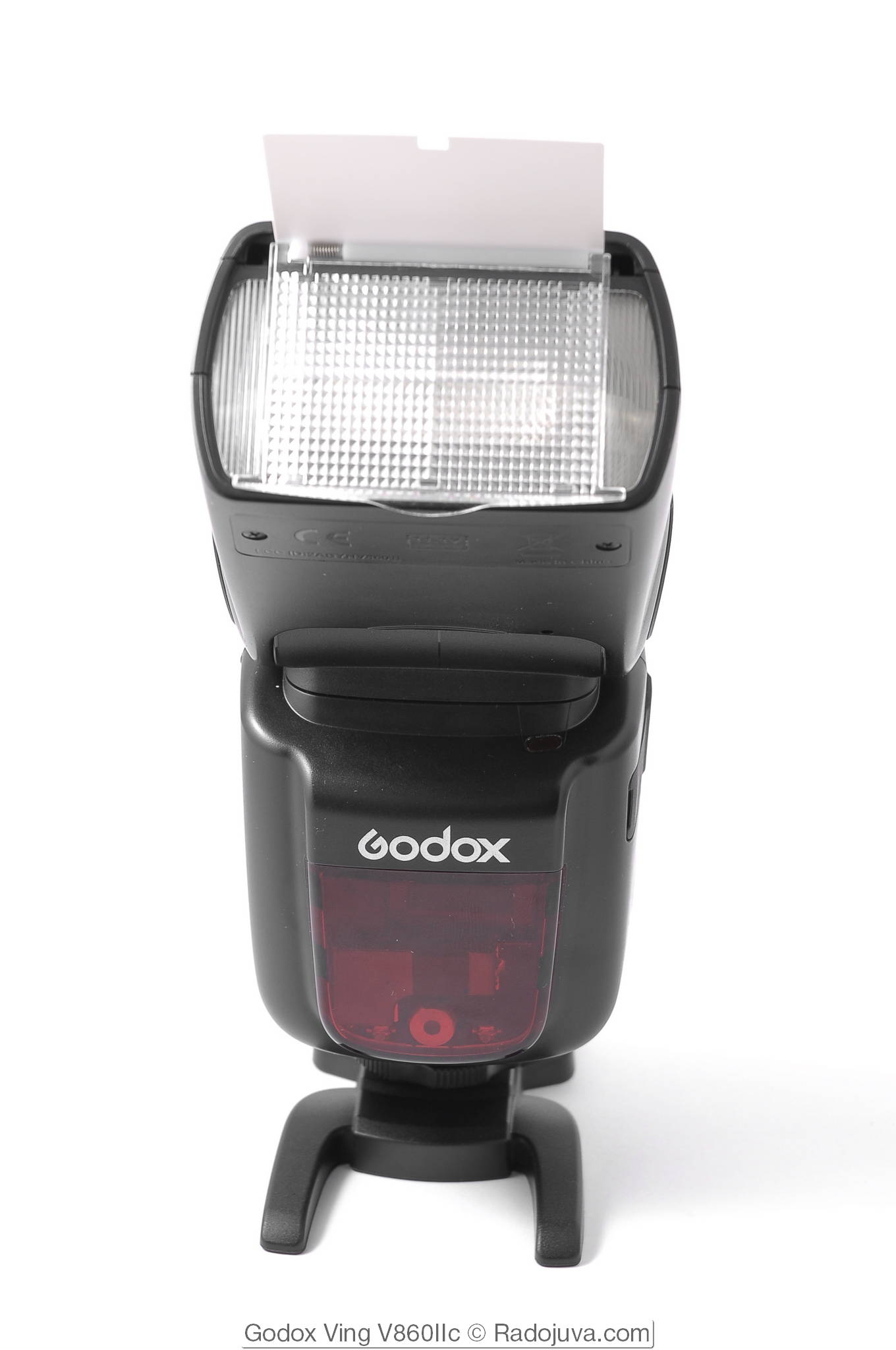

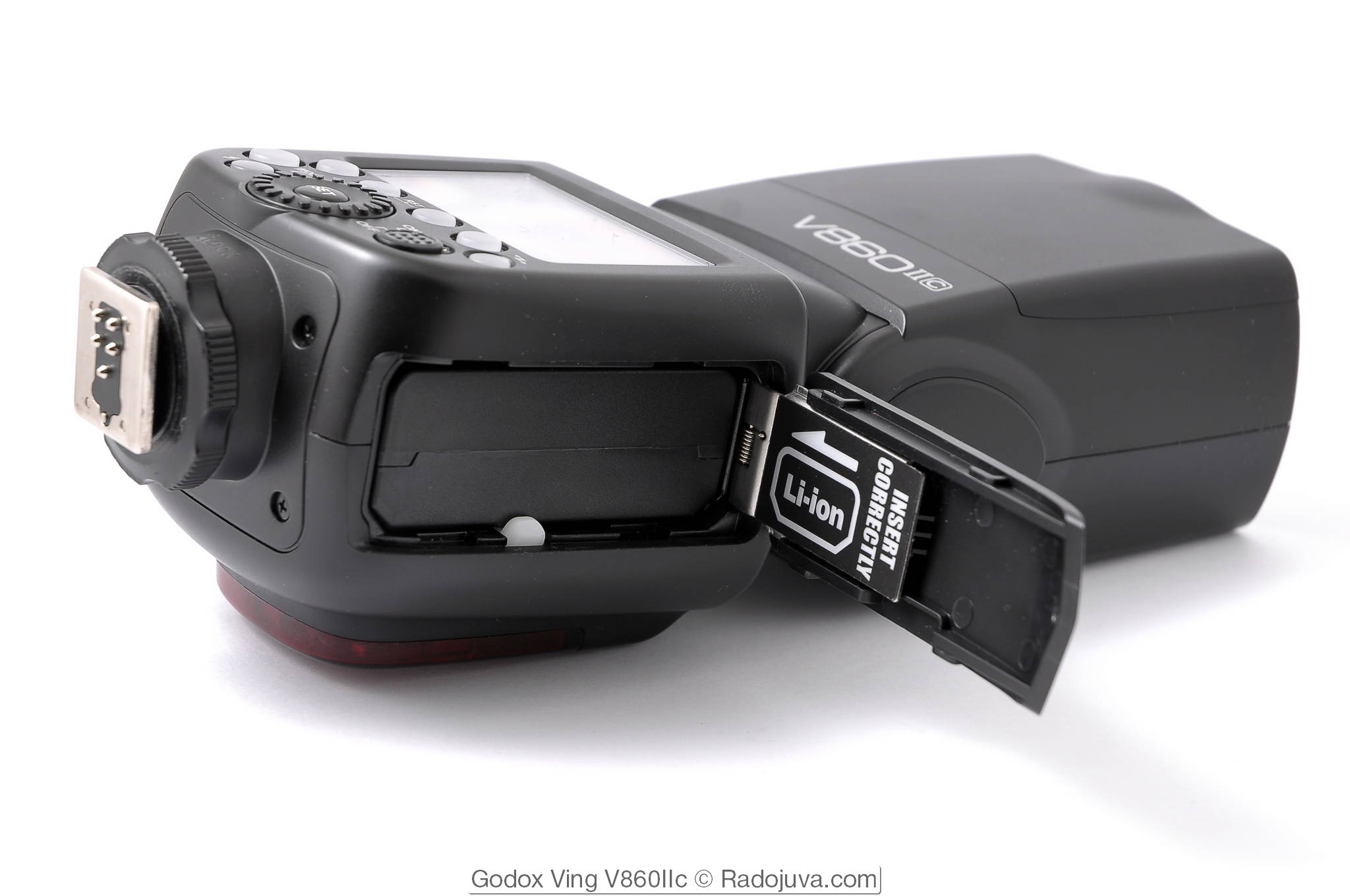
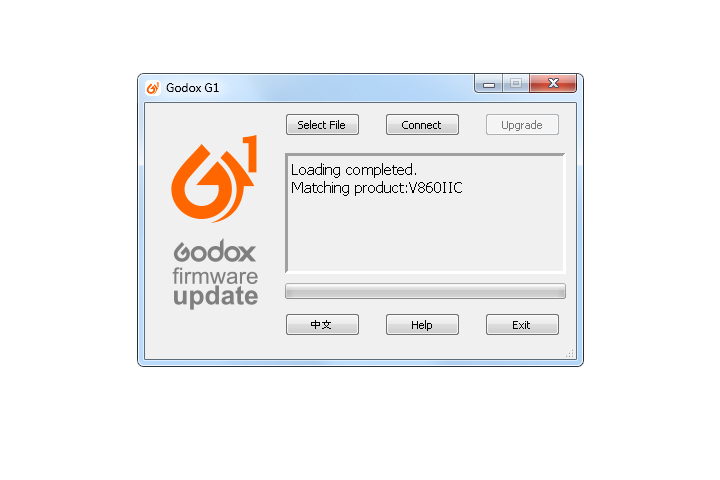
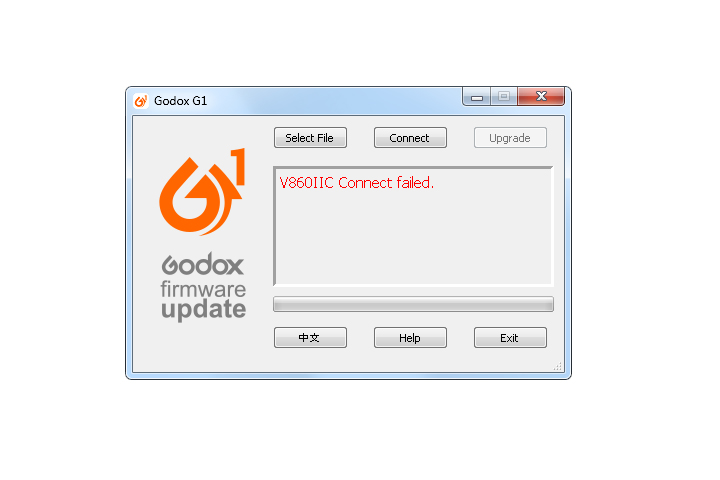
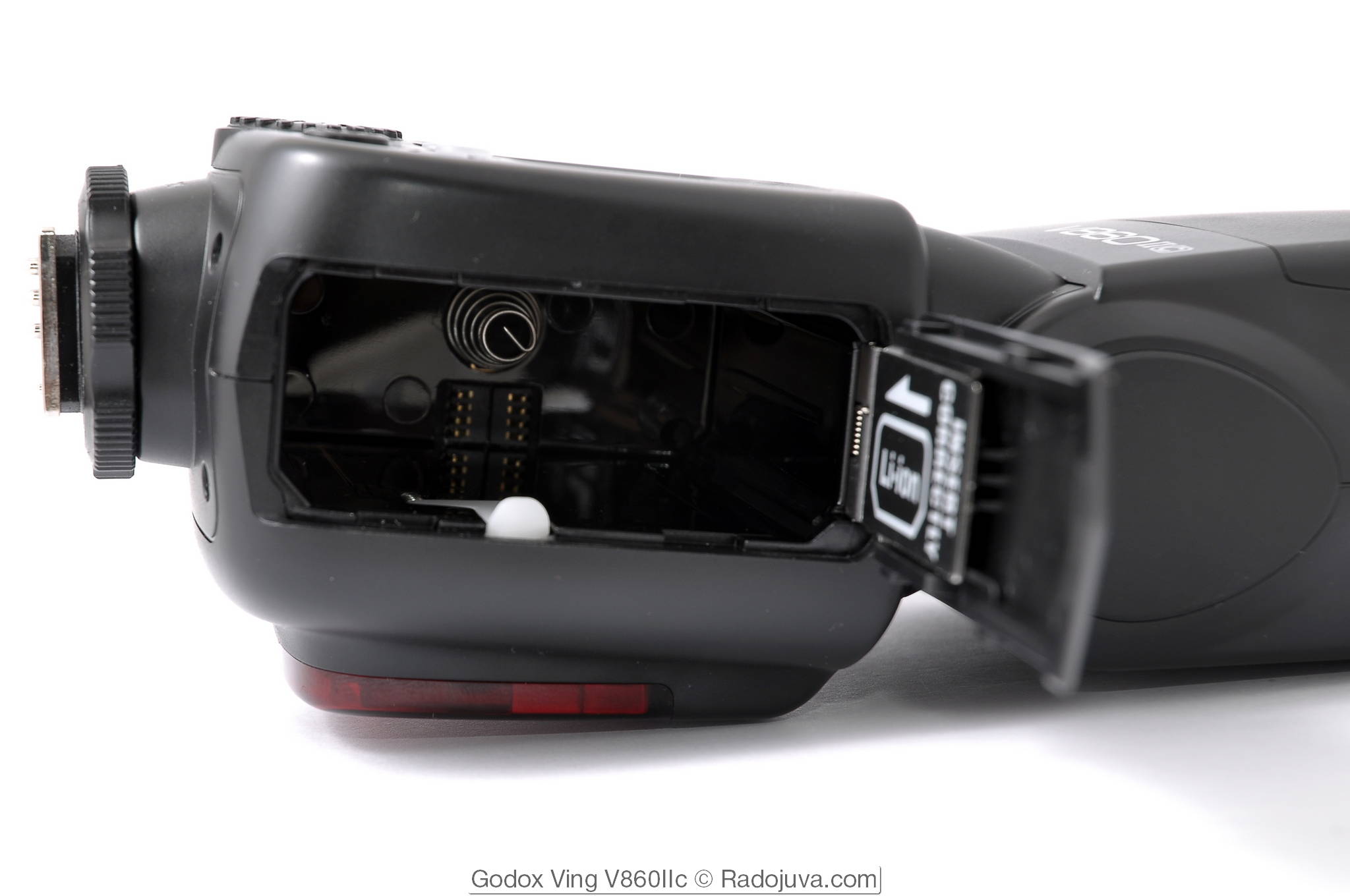
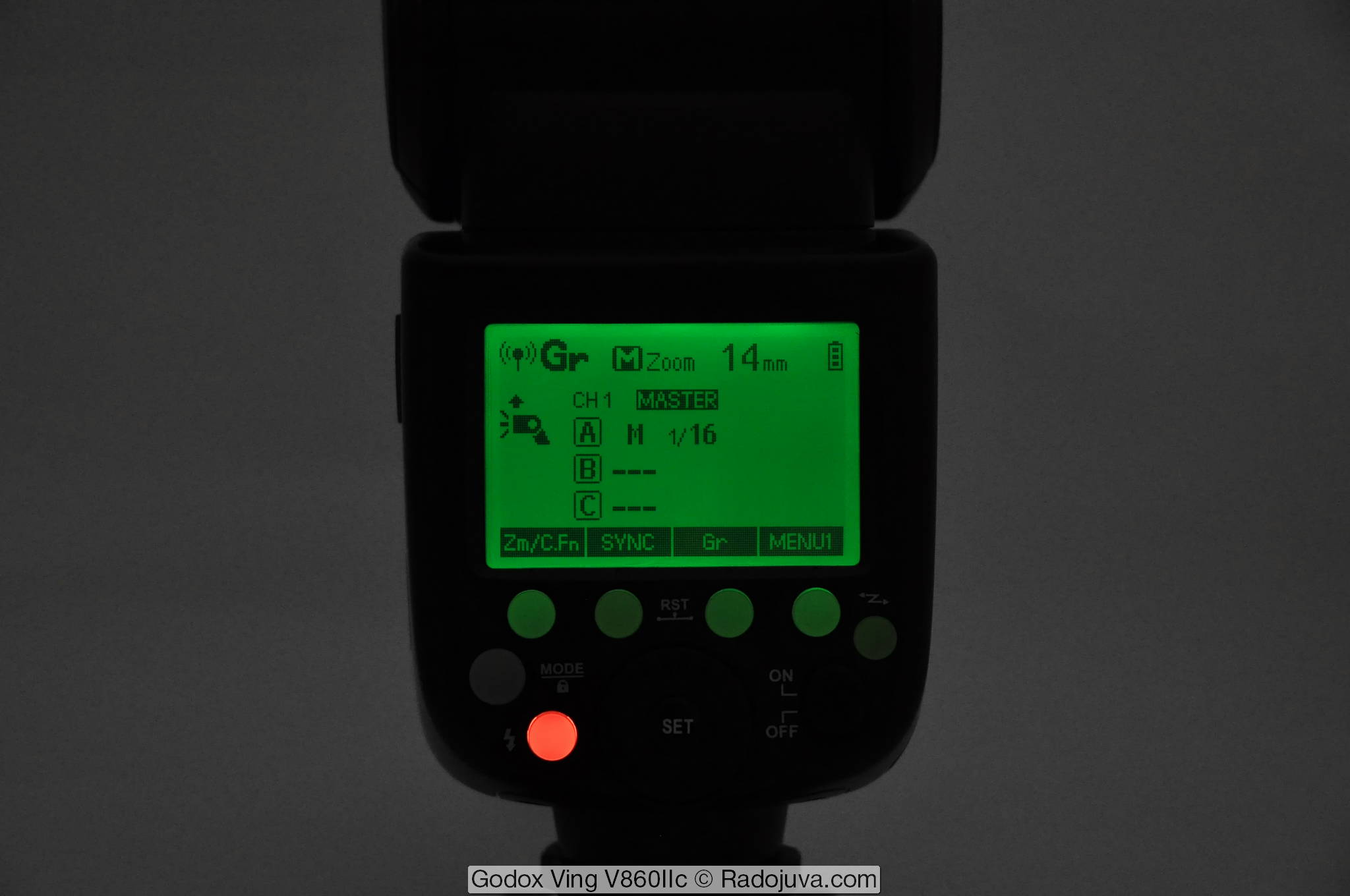
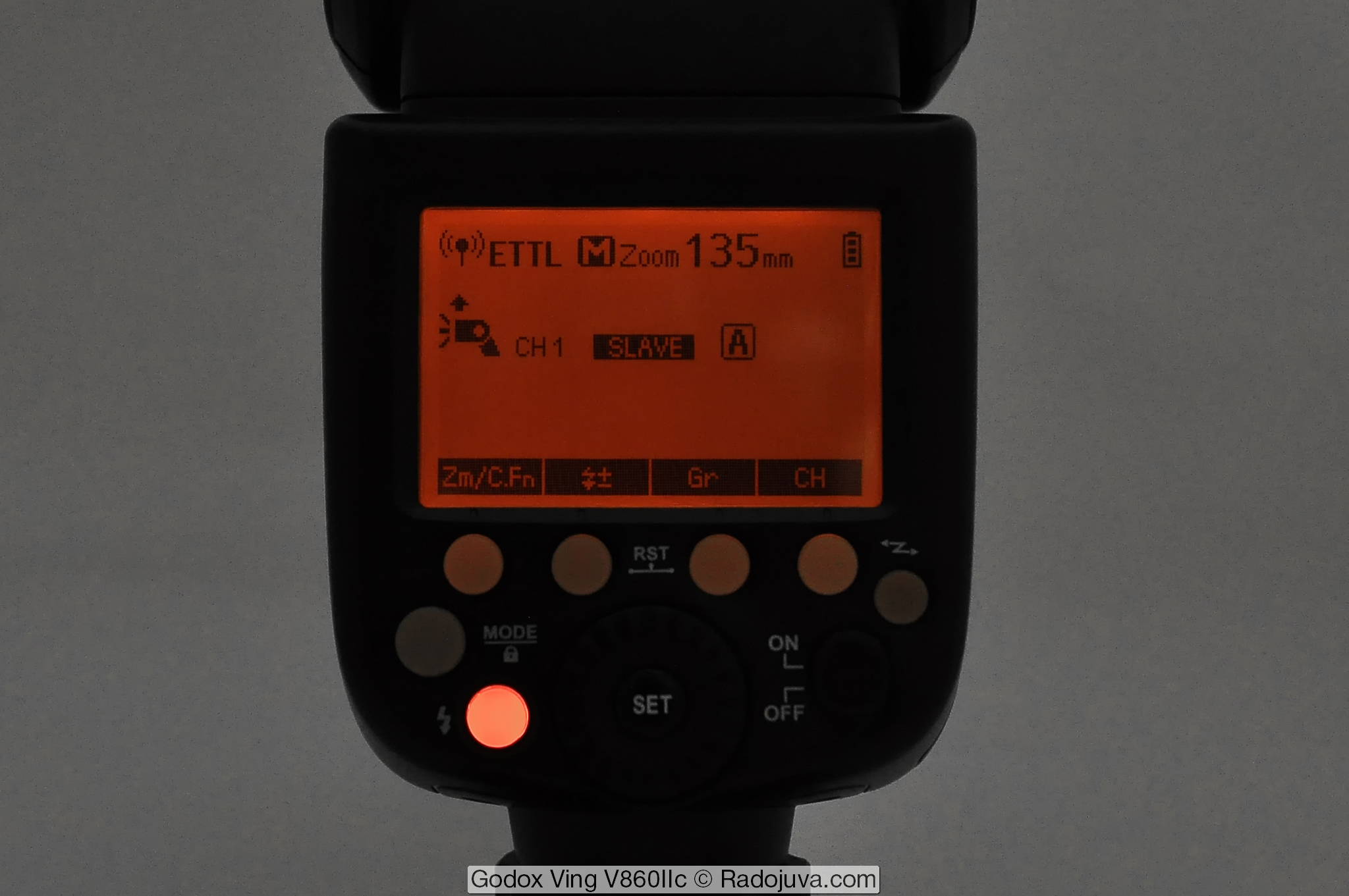

Arkady, typos:
"The battery charger has a battery indicator with markings."
"Auto power off."
"Unknown survivability of the outbreak"
Thanks for the review!
Fixed
The main thing in the review is about the fact that your Nikonovskaya overcame lyam on the puffs !!! She is also the same)! This is really cool.
Say what, but original flashes are more fun for me to use. There is always something in China, but it doesn't work that way. And their plastic is different, and the plastic on the screens becomes unusable almost immediately. I agree that "ketay" should be used in a slave mode
Arkady, thanks for the flash review!
The brand has established itself quite well in the market among advanced amateurs and you can often see their products in the hands of journalists, novice fashion and commercial photographers.
Applicable to this flash, the question arises about the reliability and future replacement of the built-in battery. In 2-3 years can it be changed?
Yes, the battery is a cool thing, but in that case, it would be great to introduce a built-in modeling lamp so that you can easily simulate the light.
On the network, the Godox brand is actively promoted by the Ukrainian company Strobius. There are a lot of reviews on YouTube.
Regarding this model, there is a video where the recharge speed is simply amazing, unlike flashes with simple batteries.
For reporters, it’s just heaven.
There is, of course, a minus that if the battery runs out, then you must have exactly this in stock. And you can’t put simple batteries in there, as a fallback when nothing is left.
I use another flash - Pixel X800 pro. In short, I can download that of the listed disadvantages of Godox 860ii, it lacks numbers 1, 2, 3 (it uses exactly the same lamp that will be used in the top flashes from Nikon), 4, 5, 6, 8, 9, 12, 13 (points 10-12 I can't check, I haven't used it yet). And the flash is even better than Godox. For 4 months it works like a clock and does not get very hot. It costs $ 75 in China. I apologize for writing about the topic, and not directly on the topic.
All ok, this is also useful information.
Despite the good characteristics and good manufacturing, the people of the outbreak of this company received the nickname of dead people because in real use they often die and fail, with the studio light of this company the same troubles. I don’t want to slander the company, and we hope everything will be better for the better with new models, but we have what we have ..
The firmware update program must be run in Windows Vista compatibility mode. This is a well-known troubleshooter, there are tons of materials on the Web. There is a video on Strobius with another way - installing this program through Safe Mode, but this, IMHO, is superfluous, it's easier through compatibility mode.
Thanks for the review!
I’ve been choosing a flash for Sony a7m3 for a month now. (first in life).
I stopped just at this 860ii Godox.
I think that is already final.
The choice was influenced by: the battery and, as a result, the number of flashes and the recharge time of 1.5 seconds.
Original Sony - 3 times more expensive.
And it heats up sooo much. (the father has - he has to retreat often). There is a Sonya 40 for an old shoe, but for some reason the TTL does not work with the original adapter.
Regarding the Pixel flashes, mentioned above, I'll insert my 5 cents: I took it to test. The flash is good, the light is even. The menu is clear. But! With partially discharged batteries after 200 shots (far from always 1/1), the recharge took more than 10-12 seconds. The batteries were not tired - out of the package (GP). Yungnuo didn't like the flash with the build quality (well, everything is subjective). Metz is already under 20tyr, the reviews are somehow not flattering. In the end, I think that this option is better in terms of price-quality ratio. I was considering buying a flash (not only Godox) on Ali or Amazon, but then how lucky. In what form it is not known. Plus there is no guarantee. And the godox still has 2 years.
PS Forgive me for bringing up other off-topic outbreaks ...
Personally, I really respect Godox outbreaks. I had to work with them a couple of times.
It's a pity my Nikon D3s just refuses to turn on with them. However, this is nonsense. Maybe just my separate copy is so moody.
This flash is ideal for those involved in sequential shooting. The presence of a battery and the lack of a button to fix the flash head are big pluses.
Godox V860II-C, for the reporter a reliable companion. I have been using it for several years /
Why is the nut a plus ?! Plc tell a novice amateur photographer.
It's about fixing the rotation of the head, not fixing the flash. For the reporter, this is a real plus.
My flash from Fujitsu (analogue of Eneloop) charges in less than 2s, so I don't know what the profit is from lithium ... except for continuous shooting, but I think that such a charging speed is beyond the power of lithium.
A lot of things depend on the lamp power and the response power, as well as on the flash capacitor itself. This may be the best AA, but the charging time is long. And vice versa.
Great flash.
I have v850 v860 and tt600
I am always worried before shooting because of the tt600, the enilups all the same charge for more than two weeks normally do not hold whoever writes. And if there are omissions of puffs, then they are only in TT600. Yes, I am slamming in series of 7-10-15 shots, at 1/64 and 1/128. And even at this power, AA batteries are not enough.
Lithium batteries are easy to save, and it’s not necessary to charge them a few days before shooting, they can be idle for at least a month or two.
The rest is very happy with the purchase.
True TTL is still a little worse sometimes than on native puffs.
Panasonic eneloop has been working for me for the fourth (fourth year) and it is easy to pull two shots in a row of about 1000 frames from each in the room at ISO 1000 and F / 2.8.
but my black ones “died” in 2-3 years, now white. Less seems to be dying.
But all the same, the recharge time is longer. A couple of years have passed, too, began to "die".
And if less than 1,48V it is no longer realistic to use them in the heat.
In some kind of household flashlights, and other devices without problems. In the puffs no longer.
It's a shame that it happens after a time it is charged, then no. The charge is normal.
But in general it is not profitable.
I am sure that lithium will work longer than AA, 5 years is enough.
My assumption is that “The flash has two light receiving ports, the purpose of which is ...” to determine the “straight” (parallel to the optical axis of the lens) position of the flash head, in which the head should be zoomed in sync with the lens.
I have such tak pid Nikon. The availability of batteries for me plus, even the power supply, is to be checked for two times or two hours. Skills once with 4 fingers deprived of 3,2,1)
I’ve beaten down here more than that, a couple of mornings, a house, a charge, the first one. 2 of 4 icon of the accumulator was filled out. For the unprofessional victorian raju. Say nі to dark mornings
I bought a flash ... Everything is fine, there is one BUT! The autofocus light does not work on the Sonya a7m3. Firmware 1.6. Who knows what the problem is ?!
The same problem. I have sleepyhead 7r2. I changed the firmware to 1.7. all the same, there is no autofocus backlight, although the menu contains what is on. But in general, the flash is great. In all there are at least some cons;)
Please contact me by e-mail: mikeabit@mail.ru
I use this flash with FUJI X-T20 and Godox X-1TF synchronizer.
The firmware is the latest, both on the flash and on the synchronizer.
On the street, there are no problems with the take-out flash.
When working at home, in an apartment, the following occurs:
Press the TEST button, the flash fires ..
You take a shot, the flash fires once, but it’s wrong. After that, the synchronizer stops responding at all and the TEST button is not pressed.
I read that this could be due to WI-FI networks ...
Can anybody help?
Well, drive it through different channels. The beginning, the end, the middle of the range. Quite possibly, lane 2.4 is very busy. I have a 5GHz router at home for a long time.
I’ve been using v2ii Canon for 860 years, I bought both flashes at the same time. Filmed 60+ weddings, + street photo shoots, + birthdays, etc. In general, the load was. There is always enough battery for a wedding day (until 1:00 a.m.), always 30-35% remains. Although I have spare batteries. Never failed, everything clearly works. I always used them on the carcass, on the TT600 racks (also happy as an elephant), but yesterday I had to shoot it with 860ii in the room and it turned out that 1 of the flashes fires every 10-15 frames in Slave Wireless mode (2,4Ghz ), and inside the flash you can hear that the synchronizer is working. There is no overheating, the standby lamp is on. I think that 2 years + is the limit for such work. Right now I bought Godox V1 I will test how it will live. And the second 860 began to sound when it was triggered, as if every time the lamp exploded, turned off the beeper, like normal. But I'm talking about survivability in general.
Regarding autofocus highlighting !!!
My 2 weeks of conversations with the Chinese Godox gave the following result: DSLR lighting is not implemented at the moment! We are waiting for the end of the first half of 2019. They hope for the end of April, but took, nevertheless, six months for implementation. Regarding the Russian instructions and instructions for the firmware: they write them at the representative office (in our St. Petersburg). As soon as they write, they will immediately appear for download in the product section on Godox.ru
I posted the Russian instruction for the subject on the Sony Club in the corresponding topic
In TTL flash mode M, A, S, P (Nikon D90) underexposed pictures. We have to introduce an exposure compensation of +1,7. And in the "Portrait" and "Landscape" modes, the pictures are normal. I turned off high-speed sync, reset the camera settings. The result is the same. What could be?
“2. you cannot use regular AA batteries with the flash, but only the original battery or external power sources such as Godox Propac PB 960 ”
Arkady, studied the structure diagonally - the flash does not allow connecting an external power supply. If wrong - correct it, I will be glad
Fixed
I bought a flash 860II on Zapop - and it randomly with TTL and manual power goes astray to sync modes with a “lightning” icon, and each time is different.
And I don't know about it, I'm filming a reportage, there is a flash, but the frame is not exposed by it. While I looked at the little screen for 1 second - there was no scene, people left, that's it.
Even if you lock the mode with the buttons, it still gets lost in synchronization modes. Although it says LOCKED.
Is it a jamb of firmware or have I not read the instructions?
Further, it is not clear when the backlight turns on in the form of 1 red dot (which does not coincide with the central AF sensor of the camera), and when in the form of a grid.
Canon has flash control settings from the camera. Maybe there is something out there?
I have a Godox outbreak kit, 860II, 850II, 685, 600, AD200. So two out of three 860 failed. burn out an element on the board in the head, you have to order a board from China, costs 2700 for a fee, one of the capacitors exploded. Such problems can occur in 685. An E5 error appears, which is not described at all in the instructions. So you have to be careful with them. I definitely do not want to leave this brand, as it is convenient to use and synchronize. So far I am thinking of buying V1, as the main one for managing others.
Also another interesting point that I have not decided. In Canon 860II and 685II flashes, we have 5 groups in the radio control modes, and there are only three in Nikon!
The same error popped up, do you have a photo and the name of the board itself? Or is it not her reference to Ali? Thanks in advance
The outbreak died after 1.5 years of use, a report, sometimes an addition to the AD200 as a fill-in or back-cover in softboxes. It’s a pity of course, the idea is great, of course it beat off my money. Now xs take the second (summed up at the right time)
Good evening. I ask for your advice. I want to buy an external flash for home use on the nikon d 5100. The choice between the food and the analogue. Here and there my paths diverged and I do not know what to look at.
native will be more stable, Nikon has a very confused measurement - so it's better to try this analogue first
Decent time used Nissin_DI866 (markII), just paired with the D5100. A very decent flash with good pulse stability, has about the same power and functions as the SB-900.
You can also look at the Yongnuo YN-685 (there is no light synchronization), or the Yn-968n, these Yongnuo also have a built-in radio synchronizer.
This is if you need automatic mode.
If TTL mode is not needed, then I recommend Yongnuo YN560Li, YN560-IV, YN560-III